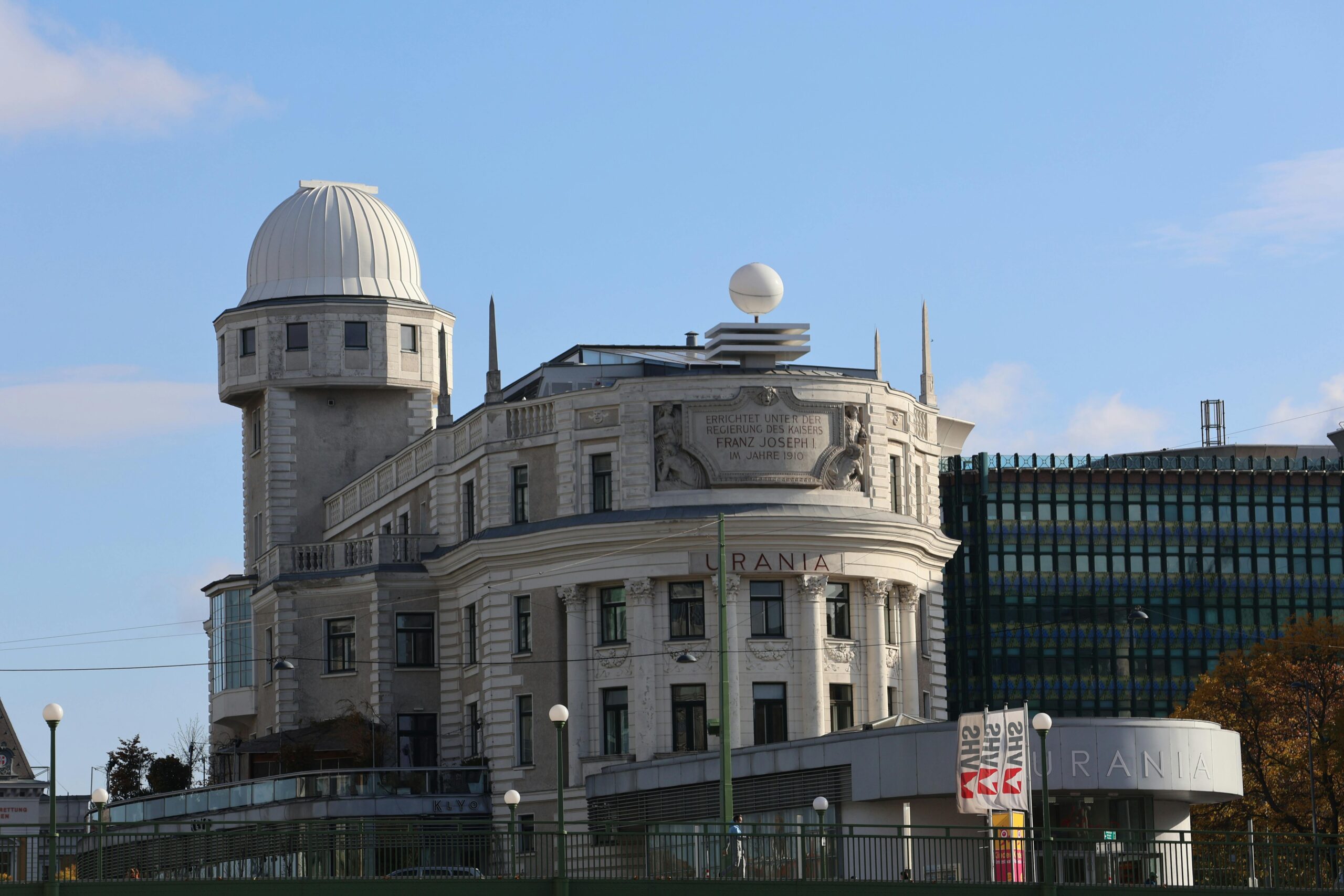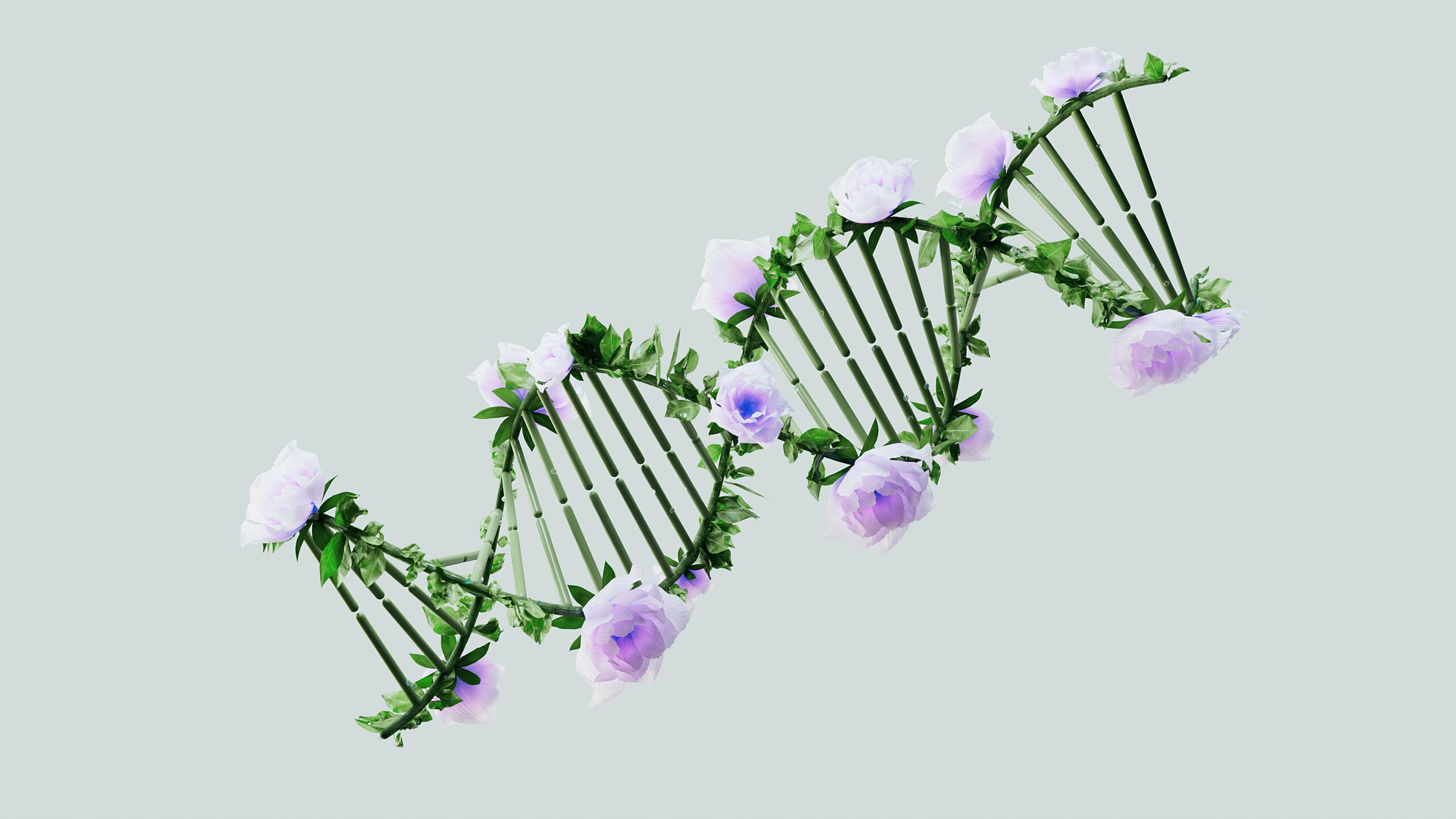Your body possesses an extraordinary ability to heal, repair, and regenerate itself at the cellular level—a power that holds the key to longevity and vitality.
The concept of cellular regeneration has captivated scientists, health enthusiasts, and those seeking to understand the biological mechanisms that determine how we age. Every second, millions of cells in your body are dying and being replaced by new ones through intricate processes that have evolved over millions of years. Understanding these mechanisms isn’t just academic curiosity—it’s the foundation for developing strategies that can help you maintain youthful vigor, prevent age-related diseases, and potentially extend your healthspan.
Recent breakthroughs in regenerative medicine, epigenetics, and cellular biology have revealed that we have far more control over our body’s healing mechanisms than previously thought. The choices we make daily—from what we eat to how we sleep—directly influence our cells’ ability to regenerate effectively. This article explores the fascinating world of cellular regeneration and provides actionable insights into how you can harness your body’s natural healing powers.
🧬 The Foundation: Understanding Cellular Regeneration
Cellular regeneration is the biological process by which your body replaces old, damaged, or dying cells with new, healthy ones. This remarkable system operates continuously throughout your life, though its efficiency changes as you age. Different tissues regenerate at vastly different rates—your skin completely renews itself approximately every 28 days, while your liver can regenerate fully in just a few months.
The regeneration process involves several key cellular mechanisms, including mitosis (cell division), stem cell differentiation, and autophagy (cellular cleanup). Your body contains various types of stem cells—pluripotent cells capable of developing into many different cell types—that serve as your internal repair system. These cellular guardians remain dormant until injury or natural turnover signals them to activate and begin the regeneration process.
What makes cellular regeneration truly fascinating is its connection to aging. As we grow older, several factors compromise this system: telomeres (protective caps on chromosomes) shorten with each cell division, oxidative stress accumulates, and stem cell pools become depleted. However, emerging research suggests that many age-related declines in regenerative capacity are not inevitable but can be influenced by lifestyle interventions.
The Regeneration Timeline: Different Tissues, Different Speeds ⏱️
Not all parts of your body regenerate at the same pace. Understanding these timelines helps you appreciate the dynamic nature of your physical form and can inform targeted strategies for supporting specific organ systems.
Your intestinal lining regenerates every 2-4 days, making it one of the fastest-renewing tissues in your body. This rapid turnover is necessary given the harsh environment and constant exposure to potential pathogens. Your taste buds renew every 10 days, which explains why dietary changes can sometimes alter taste perception relatively quickly.
The skin epidermis completely replaces itself every 2-4 weeks, though this process slows with age. Red blood cells have a lifespan of approximately 120 days, while white blood cells vary dramatically—some last just hours, others persist for years. Your liver demonstrates remarkable regenerative capacity, potentially restoring up to 75% of its mass within months if damaged.
Bones undergo complete regeneration approximately every 10 years through constant remodeling by osteoblasts (builders) and osteoclasts (breakers). Cardiac muscle cells, once thought to never regenerate, actually do renew—albeit very slowly at about 1% per year. Brain neurons were long considered non-regenerative, but neurogenesis (birth of new neurons) does occur in specific regions, particularly the hippocampus.
💪 The Powerhouses: Mitochondria and Energy Production
No discussion of cellular regeneration is complete without addressing mitochondria—the energy-producing organelles often called the “powerhouses of the cell.” These remarkable structures generate ATP (adenosine triphosphate), the energy currency your cells use for virtually all functions, including regeneration.
Mitochondrial health directly correlates with regenerative capacity. When mitochondria function optimally, cells have sufficient energy to perform repair work, synthesize new proteins, and maintain quality control mechanisms. Conversely, mitochondrial dysfunction—characterized by reduced energy output and increased production of harmful reactive oxygen species—accelerates aging and impairs healing.
You can support mitochondrial health through several evidence-based strategies. Regular exercise, particularly high-intensity interval training, stimulates mitochondrial biogenesis (creation of new mitochondria). Certain nutrients like CoQ10, NAD+ precursors (such as NMN and NR), and alpha-lipoic acid support mitochondrial function. Intermittent fasting triggers cellular cleanup processes that remove damaged mitochondria and promote the generation of healthy new ones.
Autophagy: Your Body’s Recycling System 🔄
Autophagy literally means “self-eating”—a cellular process where your body breaks down and recycles damaged components, misfolded proteins, and dysfunctional organelles. This quality control mechanism is essential for cellular regeneration because it clears away cellular debris that would otherwise accumulate and interfere with normal function.
Think of autophagy as your body’s internal housekeeping service. When it functions properly, cells remain clean, efficient, and youthful. When autophagy declines—as it does with aging—cellular “garbage” accumulates, contributing to inflammation, disease, and accelerated aging.
Yoshinori Ohsumi won the 2016 Nobel Prize in Physiology or Medicine for discovering the mechanisms of autophagy, highlighting how fundamental this process is to health and longevity. Research has shown that enhanced autophagy may protect against numerous age-related conditions including neurodegenerative diseases, cancer, metabolic disorders, and cardiovascular disease.
Several lifestyle interventions can activate autophagy. Fasting is perhaps the most powerful trigger—after approximately 12-16 hours without food, autophagy significantly increases. Exercise also stimulates autophagic processes, as does sleep. Certain compounds found in foods like green tea (EGCG), turmeric (curcumin), and coffee (polyphenols) may also promote autophagy, though effects are generally milder than fasting or exercise.
🍎 Nutritional Strategies to Enhance Cellular Regeneration
The food you eat provides both the raw materials for building new cells and the signaling molecules that regulate regenerative processes. A diet optimized for cellular regeneration emphasizes nutrient density, appropriate protein intake, healthy fats, and strategic timing.
Protein is essential as it provides amino acids—the building blocks for new cellular structures. However, the relationship between protein and regeneration is complex. While adequate protein is necessary, excessive constant protein consumption can inhibit autophagy by keeping the mTOR (mechanistic target of rapamycin) pathway persistently activated. A balanced approach involves consuming sufficient high-quality protein (approximately 0.8-1.0 grams per pound of ideal body weight for active individuals) but incorporating periodic fasting windows.
Certain micronutrients play outsized roles in regeneration. Vitamin D regulates stem cell differentiation and immune function. B vitamins, particularly B12 and folate, are essential for DNA synthesis during cell division. Minerals like zinc, magnesium, and selenium support enzymatic processes involved in cellular repair. Antioxidants like vitamins C and E, along with polyphenols from colorful plants, combat oxidative stress that damages cells.
Omega-3 fatty acids deserve special mention. These essential fats, particularly EPA and DHA found in fatty fish, reduce inflammation and are integral components of cell membranes. They influence membrane fluidity, which affects how cells communicate and respond to regenerative signals.
Key Nutrients for Cellular Regeneration
- NAD+ precursors (NMN, NR): Support energy production and activate sirtuins, proteins linked to longevity
- Collagen and amino acids: Provide building blocks for tissue repair, particularly skin and connective tissue
- Sulforaphane: Found in cruciferous vegetables, activates cellular detoxification pathways
- Resveratrol: Polyphenol that may activate longevity pathways and support mitochondrial function
- Spermidine: Compound found in wheat germ and aged cheese that promotes autophagy
- Quercetin: Flavonoid with senolytic properties that may help eliminate senescent “zombie” cells
⚡ Exercise: The Master Regeneration Stimulator
Physical activity is perhaps the single most powerful lifestyle intervention for promoting cellular regeneration. Exercise triggers a cascade of beneficial cellular responses that enhance virtually every aspect of regenerative capacity.
When you exercise, you create controlled stress that your body adapts to by becoming stronger and more resilient. This hormetic stress activates numerous pathways: it stimulates the production of growth factors like BDNF (brain-derived neurotrophic factor) and IGF-1, increases mitochondrial biogenesis, enhances autophagy, improves insulin sensitivity, and activates stem cells.
Different types of exercise provide distinct benefits. Resistance training stimulates muscle protein synthesis and can help maintain or increase muscle mass—critically important since muscle is highly metabolically active and acts as a reservoir of amino acids. Cardiovascular exercise improves circulation, ensuring that nutrients and oxygen reach all tissues while waste products are efficiently removed. High-intensity interval training (HIIT) appears particularly effective at stimulating mitochondrial regeneration and metabolic health.
The regenerative benefits of exercise extend beyond muscle. Weight-bearing exercise stimulates bone remodeling, maintaining bone density. Physical activity promotes neurogenesis in the brain, potentially protecting against cognitive decline. Exercise even supports immune system regeneration by promoting the turnover of immune cells and reducing chronic inflammation.
😴 Sleep: When Regeneration Reaches Peak Performance
Sleep isn’t merely rest—it’s when your body performs its most intensive repair and regeneration work. During deep sleep, growth hormone secretion peaks, protein synthesis accelerates, and cellular cleanup processes intensify. Chronic sleep deprivation severely compromises regenerative capacity and accelerates biological aging.
During sleep, your brain activates the glymphatic system—a waste clearance pathway that removes metabolic debris and potentially toxic proteins like beta-amyloid (associated with Alzheimer’s disease). This neural housekeeping occurs primarily during deep sleep stages, which is why sleep quality matters as much as duration.
Sleep also regulates the circadian rhythm, the internal 24-hour clock that coordinates cellular processes throughout your body. Nearly every cell contains clock genes that respond to circadian signals. When these rhythms are disrupted—through irregular sleep schedules, night shift work, or excessive artificial light exposure—cellular regeneration becomes desynchronized, leading to accelerated aging and increased disease risk.
Optimizing sleep for regeneration involves both duration and quality. Most adults need 7-9 hours nightly. Creating consistent sleep-wake times, ensuring bedroom darkness and coolness, limiting blue light exposure before bed, and managing stress all contribute to restorative sleep that supports cellular renewal.
🧘 Stress Management and Hormetic Stressors
The relationship between stress and cellular regeneration is nuanced. Chronic psychological stress is decidedly harmful—it elevates cortisol, increases inflammation, accelerates telomere shortening, and impairs immune function. Studies have shown that chronic stress can literally age you at the cellular level.
However, brief, controlled stressors—termed “hormetic stress”—actually enhance regenerative capacity by activating adaptive responses. This hormesis principle explains why interventions like exercise, intermittent fasting, cold exposure, and sauna bathing promote longevity despite being physiologically stressful in the moment.
Cold exposure, through cold showers or ice baths, stimulates brown adipose tissue activation, increases norepinephrine (which can improve focus and mood), and triggers cellular stress response proteins that enhance resilience. Heat exposure through sauna use increases heat shock proteins that help cells maintain proper protein folding and has been associated with reduced cardiovascular disease risk and mortality.
The key is finding the sweet spot—enough stress to trigger adaptation, but not so much that it overwhelms repair capacity. This requires listening to your body, allowing adequate recovery, and recognizing that individual tolerance varies considerably.
🔬 Cutting-Edge Science: Emerging Regeneration Technologies
The field of regenerative medicine is advancing rapidly, with several promising technologies moving from laboratory research toward clinical application. Understanding these developments provides a glimpse into the future of health optimization.
Stem cell therapy harnesses the regenerative potential of pluripotent cells to repair damaged tissues. While still largely experimental for most conditions, stem cell treatments show promise for conditions ranging from orthopedic injuries to neurodegenerative diseases. Mesenchymal stem cells (MSCs), in particular, demonstrate anti-inflammatory and regenerative properties that researchers are working to harness therapeutically.
Senolytic drugs represent another frontier. These compounds selectively eliminate senescent cells—aged cells that stop dividing but don’t die, instead secreting inflammatory factors that damage surrounding healthy cells. Removing these “zombie cells” has extended healthspan in animal models and early human trials are underway.
Epigenetic reprogramming has garnered significant attention following research showing that cellular age can be reversed by temporarily activating Yamanaka factors—genes that can reset cells to a younger state. While full reprogramming would turn cells cancerous, partial reprogramming may restore youthful function while maintaining cell identity.
NAD+ augmentation through supplements or precursors addresses the age-related decline in this critical coenzyme involved in energy metabolism and DNA repair. Human studies suggest NAD+ boosting may improve various markers of metabolic health, though long-term effects require further investigation.
🎯 Practical Implementation: Your Regeneration Protocol
Understanding cellular regeneration is valuable only if translated into actionable strategies. Here’s how to create a lifestyle that optimizes your body’s healing mechanisms:
Morning Protocol: Start your day with exposure to bright light, preferably natural sunlight, to entrain circadian rhythms. Consider exercising in a fasted state to enhance autophagy and metabolic flexibility. If breakfast is part of your routine, prioritize protein and healthy fats to provide sustained energy and building blocks for cellular repair.
Movement Throughout the Day: Incorporate both structured exercise and frequent movement. Aim for at least 150 minutes of moderate-intensity or 75 minutes of vigorous-intensity aerobic activity weekly, plus resistance training 2-3 times per week. Break up prolonged sitting with brief movement breaks.
Nutritional Timing: Consider time-restricted eating, confining food consumption to an 8-12 hour window to allow for extended fasting periods that promote autophagy. Ensure adequate protein distribution across meals to support muscle protein synthesis. Emphasize nutrient-dense whole foods—colorful vegetables, quality proteins, healthy fats, and moderate amounts of fruit.
Evening Wind-Down: Establish a consistent pre-sleep routine that signals your body to prepare for rest. Dim lights, reduce screen time, practice stress-reduction techniques like meditation or gentle stretching, and maintain a cool bedroom temperature (around 65-68°F or 18-20°C).
Strategic Supplementation: While whole foods should provide the foundation, certain supplements may support regeneration: a quality multivitamin to cover nutritional gaps, omega-3 fatty acids if fish consumption is low, vitamin D if sun exposure is limited, and potentially NAD+ precursors or other longevity-focused compounds under appropriate guidance.
Monitoring Your Progress: Biomarkers of Cellular Health 📊
Tracking specific biomarkers helps you understand whether your regeneration-focused lifestyle is yielding results. While some require laboratory testing, others can be monitored at home.
Basic metrics include resting heart rate (lower generally indicates better cardiovascular fitness), heart rate variability (higher indicates better stress resilience and recovery capacity), and body composition (maintaining muscle mass while minimizing excess fat supports metabolic health).
Laboratory tests provide deeper insights. Complete blood count reveals information about blood cell regeneration. Inflammatory markers like C-reactive protein (CRP) indicate systemic inflammation that impairs regeneration. Hemoglobin A1c reflects glucose control over three months—important since glycation damages cellular structures. Advanced lipid panels assess cardiovascular health, while hormone panels can identify imbalances affecting regenerative capacity.
Emerging tests offer even more specific information. Telomere length testing provides a measure of cellular age, though interpretation requires expertise. Epigenetic aging clocks analyze DNA methylation patterns to estimate biological age, potentially showing whether your lifestyle is slowing or accelerating aging. Comprehensive metabolic panels can identify nutritional deficiencies or metabolic dysfunctions affecting cellular health.

🌟 Harnessing Your Regenerative Potential for a Vibrant Future
The science of cellular regeneration reveals an empowering truth: you are not passive in the aging process. Your daily choices profoundly influence how effectively your body repairs and renews itself. The lifestyle factors discussed—nutrition, exercise, sleep, stress management, and targeted interventions—work synergistically to maintain and even enhance regenerative capacity.
What makes this field particularly exciting is that it’s still in its infancy. The discoveries of the past decade regarding autophagy, epigenetics, senescent cells, and stem cell biology have opened entirely new avenues for understanding and influencing the aging process. As research continues, we can expect even more sophisticated tools and interventions to emerge.
However, you don’t need to wait for future breakthroughs. The foundational strategies discussed here are available now and backed by substantial evidence. They require no expensive treatments or exotic interventions—just consistent application of principles that align with your body’s evolved regenerative mechanisms.
The journey toward optimal cellular regeneration is personalized. What works ideally for one person may need adjustment for another based on genetics, current health status, age, and lifestyle factors. The key is to start with foundational practices—quality sleep, regular movement, nutrient-dense nutrition, and stress management—then refine based on how your body responds.
Remember that cellular regeneration is a long-term endeavor. Just as cellular damage accumulates gradually over years, restoration of optimal function requires patience and consistency. Small daily improvements compound over time, potentially adding not just years to your life, but life to your years—maintaining vitality, cognitive function, and physical capacity far longer than previously thought possible.
Your body possesses extraordinary wisdom and regenerative power. By understanding these mechanisms and creating conditions that support rather than hinder cellular renewal, you unlock your potential for sustained health and vitality. The biological age reflected in your cells need not match the years counted by calendars—through conscious choices that honor your body’s regenerative capacity, you can influence how gracefully and vibrantly you age. 💫
Toni Santos is a longevity writer and regenerative medicine researcher dedicated to exploring how biology, technology, and ethics can extend healthspan. With a focus on cellular repair and anti-aging biotechnology, Toni examines how next-generation therapies translate lab breakthroughs into real-world vitality. Fascinated by stem cell science, telomere dynamics, and systems biology, Toni’s journey bridges research reviews, expert interviews, and clear public communication. Each article he shares aims to separate evidence from hype—helping readers understand what’s promising, what’s premature, and what truly supports long-term health. Blending molecular biology, clinical insight, and accessible storytelling, Toni investigates interventions that target the root drivers of aging. His work honors responsible innovation—prioritizing safety, transparency, and human wellbeing in the pursuit of extended healthspan. His work is a tribute to: Anti-aging biotechnology grounded in rigorous evidence Cellular rejuvenation pathways that restore function and resilience Stem cell and telomere research advancing ethical longevity care Whether you’re a clinician, researcher, or health enthusiast, Toni Santos invites you to explore the frontiers of regeneration—one discovery, one mechanism, one healthier year at a time.




